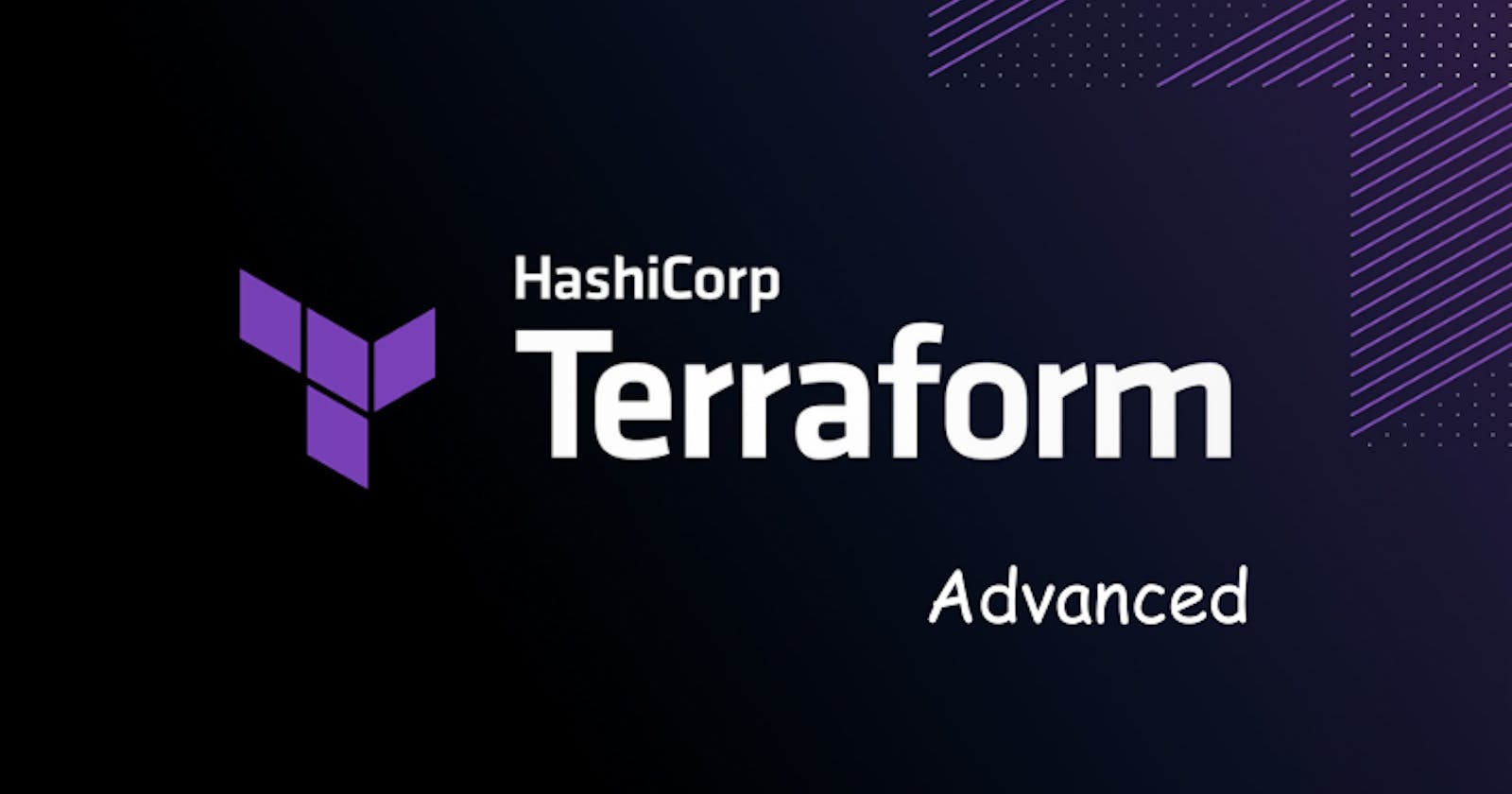🌟 Introduction
This is the last day of our #TerraWeekChallenge, it doesn't mean I'll stop learning about it but instead, I'll be deep down into more advanced topics to enhance my skills. In this post, we will dive into advanced Terraform topics such as workspaces, remote execution, and collaboration. We will also discuss Terraform's best practices, including code organization, version control, and CI/CD integration. Finally, we will explore additional features like Terraform Cloud, Terraform Enterprise, and the Terraform Registry.
🔹 Terraform Workspaces
Terraform workspaces allow you to manage multiple environments, such as development, staging, and production, within a single Terraform configuration. Workspaces help you separate state files and resources for different environments, making it easier to manage and maintain your infrastructure.
To create a new workspace, use the terraform workspace new command:
$ terraform workspace new dev #development environment
$ terraform workspace new prod #productin environment
To switch between workspaces, use the terraform workspace select command:
$ terraform workspace select dev
$ terraform workspace select prod
In your Terraform configuration, you can use the terraform.workspace variable to reference the current workspace:
resource "aws_instance" "my_instance" {
ami = "ami-0c94855ba95b798c7"
instance_type = "t2.micro"
tags = {
Name = "my-instance-${terraform.workspace}"
}
}
🔹 Remote Execution and Collaboration
Remote execution in Terraform allows you to run Terraform commands on a remote backend, such as Terraform Cloud or Terraform Enterprise. This enables collaboration among team members and ensures that your infrastructure state is securely stored and versioned.
To configure remote execution, you need to set up a backend in your Terraform configuration:
terraform {
backend "remote" {
hostname = "app.terraform.io"
organization = "my-org"
workspaces {
name = "my-workspace"
}
}
}
With the remote backend configured, you can run Terraform commands like
\> terraform init
\> terraform validate
\> terraform plan
\> terraform apply
The commands will be executed remotely, and the state will be stored in the remote backend.
🔹 Terraform Best Practices
Code Organization
Organizing your Terraform code is crucial for maintainability and collaboration. Here are some recommendations:
Use modules to group related resources and create reusable components.
Separate environments using workspaces or separate directories.
Keep provider configurations and backend configurations in the root module.
Version Control
Version control is essential for tracking changes, collaborating with others, and maintaining a history of your infrastructure. Use a version control system like Git to store your Terraform code:
Create a .gitignore file to exclude sensitive files and directories, such as .terraform and *.tfstate.
Commit your Terraform code and configuration files to the repository.
Use branches and pull requests to manage changes and collaborate with your team.
CI/CD Integration
Integrating Terraform with your CI/CD pipeline allows you to automate infrastructure provisioning and ensure that changes are tested and reviewed before being applied:
Use a CI/CD tool like Jenkins, GitLab CI, or GitHub Actions to run Terraform commands.
Implement a workflow that includes steps for terraform init, terraform validate, terraform plan, and terraform apply.
Use automated tests to validate your infrastructure changes.
🔹 Additional Features
Terraform Cloud
Terraform Cloud is a hosted service that provides collaboration, remote execution, and state management features. It offers a free tier for small teams and paid plans for larger organizations.
Terraform Enterprise
Terraform Enterprise is a self-hosted version of Terraform Cloud, designed for organizations with strict security and compliance requirements. It offers the same features as Terraform Cloud, with additional enterprise-grade features and support.
Terraform Registry
The Terraform Registry is a public repository of Terraform modules and providers. It allows you to discover and use pre-built modules and providers, making it easier to create and manage your infrastructure.
🌟 Conclusion
In this blog post, we covered advanced Terraform topics and best practices, including workspaces, remote execution, collaboration, code organization, version control, and CI/CD integration. We also explored additional features like Terraform Cloud, Terraform Enterprise, and the Terraform Registry. By following these best practices and leveraging these advanced features, you can create efficient, maintainable, and collaborative infrastructure as code.
\...................................................................................................................................................
The above information is up to my understanding. Suggestions are always welcome.
#terraform #terraform module #module versoning #aws #DevOps #TrainWithShubham #TerraWeekChallenge
#90daysofdevopsc #happylearning
Shubham Londhe Sir
Follow for many such contents:
